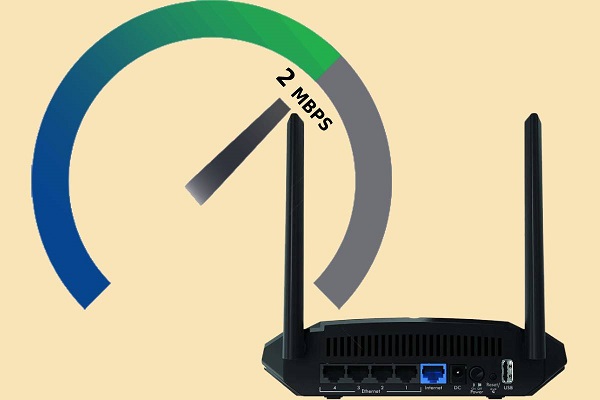
February 5, 2023: When it came to planning for providing Internet to India’s masses, successive governments starting two decades ago, have twisted the definition of what constitutes broadband speed to match their low targets.
In 2004, when a broadband policy was formally published for the first time, government defined broadband as 256 kilo bits per second ( Kbps) – at a time when the word was globally understood to mean a download speed four times faster – that is 1000 Kbps or 1 mega bit per second ( Mbps). In January 2008, TRAI formalised this in a status paper on Broadband.
Almost ten years later, in July 2013 the department of telecommunications reset the definition of broadband as a minimum speed of 512 Kbps.
Incredibly, India did not revise this meaning of broadband for another decade, and used this self-servingly low target to claim an unreasonably large number of broadband band connections, in the Telecom Regulatory Authority of India’s monthly data on fixed and mobile telephone and data networks.
In August 2021, TRAI recommended that the definition of broadband be revised to a more realistic 2 Mbps in download speeds.
And finally this week, by a gazette extraordinary published on February 1, the definition was reset as follows:
“Broadband is a data connection that is able to support interactive services including Internet access and has the capability of the minimum download speed of 2 Mbps to an individual subscriber from the point of presence (POP) of the service provider intending to provide Broadband service.”
This is closer to what the world would consider an acceptable threshold for availing broadband services – though the ever moving window of Internet technology has seen other countries understand broadband to mean an even higher speed.
In 2010, the (US) Federal Communications Communication (FCC) a body similar to TRAI in India, defined broadband in the same ball park – 1 Mbps upload and 4 Mbps download. In 2015 it revised this to 3 Mbps and 25 Mbps respectively, to reflect the higher speeds being offered to customers
Median mobile data speeds in India
It would appear that in resetting what it understands by broadband after a decade, the telecom department is still veering on the ultra-conservative side – because the reality is rosier than it seems to imagine. Average Internet access speeds in India have risen sharply in recent months, way above the overly modest definition that the government has set:
A January 27 release by Ookla, a leader in monitoring network connectivity, found in its latest monthly Speedtest Global Index for December 2022, that the median mobile download speed experienced by customers in India was 25.29 Mbps, a sharp increase from 18.26 Mbps, just a month ago.
When it comes to fixed Internet connections – like the fibre optic cable-based home WiFi services available in India – the median download speed was even higher -- just over 49 Mbps.
These numbers speak for themselves – and one can see that average data speeds in India are at least as good as the currently defined acceptable broadband upload speed in the US of 25 Mbps.
According to the latest performance indicators for telecom services for the period up to September 2022, published by TRAI on February 3, the overwhelming majority -- 815.93 million out of a total 850.95 Internet users in India -- is classified as broadband subscribers. This is still based on the earlier definition of broadband as 512 Kbps. Hopefully these numbers will be more realistic, in future editions which take note of the revised definition.